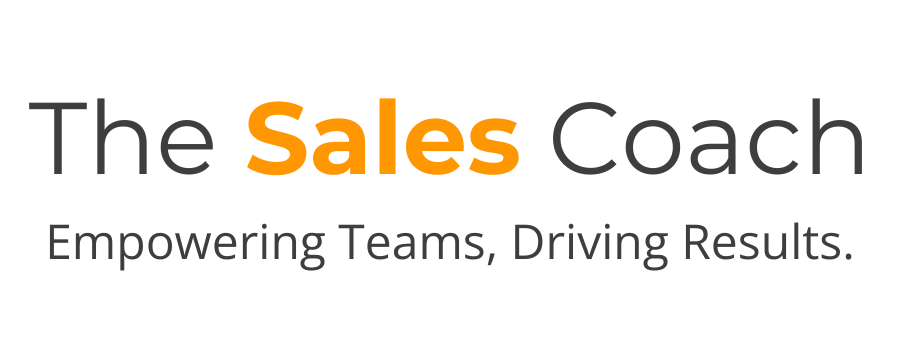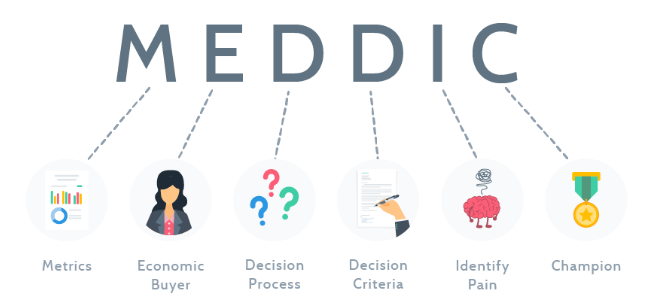Craft an Effective Personalized Email to New Prospects
Myth: Blasting as many emails as I can will get me more deals!

Personalized emails are a great way to stand out from the crowd and stay top of mind with prospects. However, if you're not careful, they can be an inefficient use of your time. In this blog post, we'll show you how to write personalized emails efficiently so that you can reach out to new prospects efficiently and effectively!
Crafting an Effective Email
Now that you have your prospect list, it's time to send out emails. To ensure that your outreach is as effective as possible, there are a few things that you should keep in mind:
- Developing an email strategy
2. Crafting the email message
3. Using automated systems
Personalizing the Email
When you're reaching out to a new prospect, it's important to personalize your emails. This can be done by incorporating research into the email and using customer data.
Researching the prospect: You should do some basic research on your potential client before emailing them. For example, if they are in the healthcare industry, you should know their main challenges and how your product or service can help them overcome those challenges.
Incorporating customer data: If you have any customer information about this prospect (such as their name or company), ensure that it is included in your message to feel more personalized for them!
Creating Engaging Content
Now that you've got the basics down, here are some tips for creating engaging content.
Make sure your email stands out. Additionally, your prospect should feel this is an important message, not just another email in their inbox. This can be done by writing a compelling subject line and crafting an attention-grabbing opening paragraph highlighting why they should read further (for example: "I'm contacting you because...").
Include relevant information that would apply to your point in the form of metrics!
Optimizing for Mobile
Optimizing for mobile devices by keeping the message concise and well structured.
Creating a Call-to-Action
Including a call-to-action (CTA) in your email is the best way to get your prospects to take action. A CTA is an instruction that tells the reader what to do next. Gong data recommends using interest CTAs vs. Time CTAs for a higher response rate.
It's important that you create a compelling CTA because it can make or break whether or not someone takes action on your email. If your prospects don't know what they're supposed to do after reading through all of the content in your message, they'll likely just delete it without giving it another thought--and that means lost opportunities!
Measuring Email Performance
Now that you've sent your email, it's time to measure its performance. You can do this by tracking the following metrics:
- Open rates
2. Click-through rates (CTRs)
If you want to get even more detailed with your measurements, here are some additional metrics that can help you determine how well your emails are performing:
3. Unsubscribe rate (this is the percentage of people who unsubscribe from your list)
Avoiding Spam Filters
- Include a physical address.
- Avoid certain words, such as "free" and "coupon."
- Optimize for email clients, like Gmail and Outlook, using short paragraphs and bullet points to break up long text sections.
- Automating Email Tasks
- Automating email tasks is an effective way to save time and increase productivity. You can use automated systems to:
- Automatically send personalized emails based on the information you have stored in your CRM or sales database.
Schedule emails so they are sent at specific times of day or week, such as once per day or once weekly. This works especially well if your prospect has a long sales cycle because it gives you more control over when prospects receive your messages without manually sending them out daily (which would be exhausting).
Conclusion
In this blog post, we've covered how to write personalized emails that effectively reach new prospects. You should now be able to:
- Know who your audience is and what their goals are
- Write an email that speaks directly to them in a way that resonates with them
- Include metrics to support the pain and tell a story
- Keep it short, sweet, and simple



